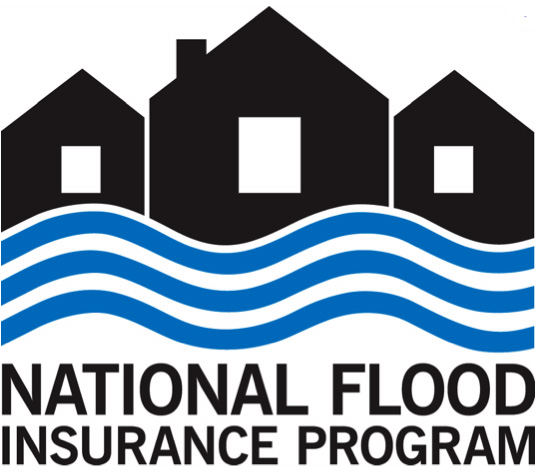The National Flood Insurance Program was enacted in 1968 to control soaring federal payouts for natural disasters. Communities that participated agreed to regulate development; in return, residents living in flood-prone areas qualified for insurance underwritten and subsidized by the federal government. Nearly 22,000 communities have joined the program, and the government now backs about 5.6 million policies. Twenty percent of the holders of those policies pay subsidized premiums that are significantly below risk-based rates.
The program was supposed to be the first line of defense against runaway construction in flood zones. Over the past 45 years, it has succeeded in limiting some but not all development in at-risk areas, and disaster losses have ballooned. Following the great Midwestern floods of 1993, what is now the Government Accountability Office predicted that the program would need to borrow up to $1 billion to cover losses; two decades later, a succession of major floods and storms, culminating with Hurricane Sandy last October, have pushed the debt to roughly $25 billion. It hasn't helped that the program was unsound from the start, laden by Congress with overgenerous subsidies and almost comical provisions that allowed, for example, insurance payouts for structures that flooded up to 16 times.
For years I and other scientists have pointed out these imbalances and pushed for many of the reforms now being implemented. But policy reform and fiscal discipline sound great until you sit across the table from flood-plain residents losing their homes because of skyrocketing insurance premiums.
The National Flood Insurance Reform Act of 2012 phases out subsidies for businesses, vacation homes and structures that flood repeatedly that already existed when the original program began. This means that rates for those policies will rise, some by tenfold or more. Primary homes with insurance subsidies are exempt until new flood-risk maps are issued for the area or until the home is sold. Newer homes that once met floodplain ordinances could also see rate increases when the new maps are issued.
So not only will the cost of carrying insurance for these homes increase, but the prospect of significantly higher insurance rates is already causing home values to plunge. These effects will be far-reaching. Many river-town communities on flood plains in the Midwest have long been in decline, and these reforms will accelerate their descent. On the Atlantic Coast, these changes are coming as residents still struggle to recover from Sandy.
Certainly, these new insurance rates add fiscal discipline and political backbone to a program that was long deficient in both. The problem is that Congress has placed the burden for the program's enormous debt on policyholders. Not only is this unjust, but it won't work.
Just 30 percent to 50 percent of flood-prone properties in the United States are covered by flood insurance, and nearly three-quarters of new policies are dropped within five years. Saddling current policyholders with soaring premiums will lead to an exodus from the program that will significantly destabilize it. Moreover, driving the most financially stressed residents out of the program will create a humanitarian crisis-in-waiting.
We can reconcile these much needed reforms with compassion for Americans living on flood-prone lands, while making the program sustainable for the future. Current proposals for slowing the implementation of these reforms, or for providing insurance assistance based on the homeowner's income, should be discussed, but these adjustments must not repeat past errors or kick the underlying problems down the road. More important, Congress should recognize that it created the problems that led to the program's debt and take responsibility for it. Policyholders should not be left holding this bag.
These reforms should be viewed as an opportunity to provide a pathway for willing flood-zone residents to move to higher ground. The Federal Emergency Management Agency administers programs for mitigating disaster losses, reducing exposure to flooding now, before the next disaster strikes. Homes can be elevated or floodproofed, or their owners can be bought out, depending on circumstances. Mitigation works; studies have found that every dollar invested in mitigation saves $4 to $5 in future expenditures.
But FEMA's flood-mitigation programs are hamstrung by structural impediments and fraught with delays. Since Hurricane Katrina struck the Gulf Coast in 2005, politicians have tended to demand an aggressive, immediate response wherever the media spotlight shines - while mitigation projects, essential for the long term, languish. By then, feet are dry and most flooded homes have been reoccupied and the impetus for mitigation wanes. Mitigation should be fully financed and staffed, and streamlined - before the next disaster strikes.
The reforms passed by Congress are taken from the best textbooks on floodplain management, but too much of the burden is being forced on flood-zone residents. If harsh medicine is in order - and the programs' $25 billion debt says it is - then the cure should be effective and permanent, but not kill the patient in the process.













 There was no question that the nation's troubled
There was no question that the nation's troubled